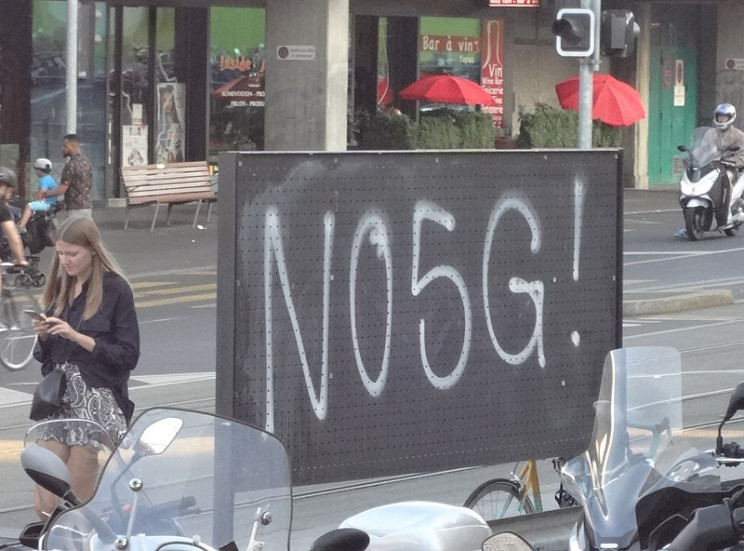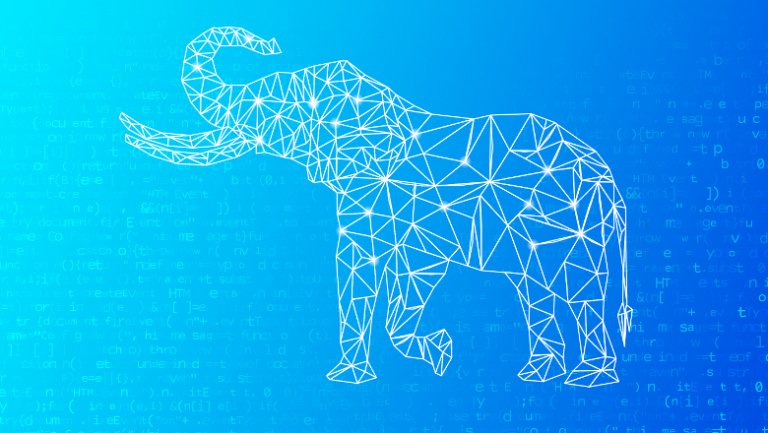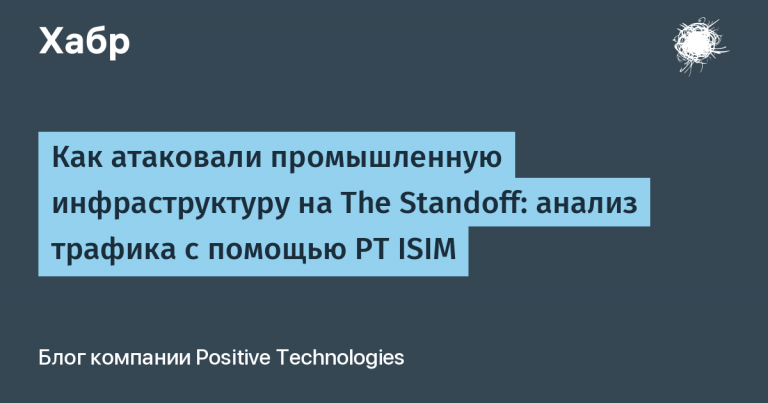Batteries are no longer needed. 5G signals as a source of wireless energy for the IoT
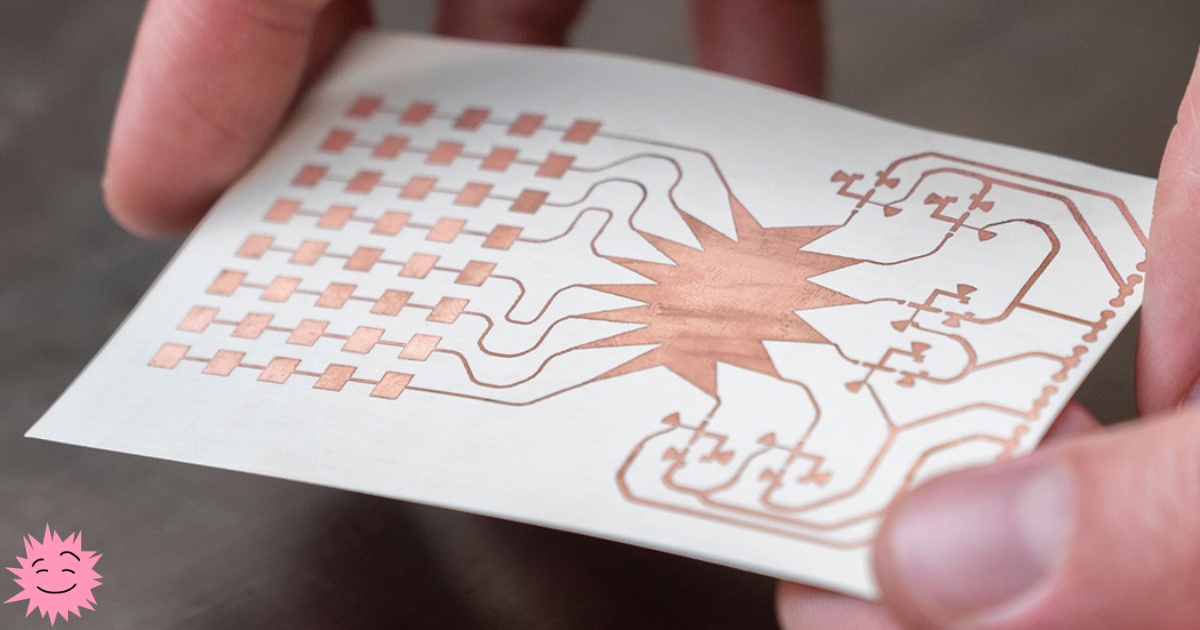
IoT has already gone beyond the homes of individuals and began to “conquer” cities. We have moved from the concept of “smart home” to “smart city”. Internet of Things or IoT for short, it is an ecosystem made up of Internet-connected smart devices that use embedded processors, sensors, and communication equipment to collect, send, and process the data they receive from their environment.
The Internet of Things will lead to more interconnected smart cities, real-time data-driven places. Cities will facilitate autonomous vehicles to communicate with people’s smart devices, and their smart devices will be connected to their homes, and their homes will be connected to the rest of the city, using real-time data to improve the quality of life of its residents. It is planned to have 40 billion IoT devices installed by 2025.
For the Internet of Things to work stably, we need 5G. It is the foundation for realizing the full potential of the IoT. But IoT is not only fast data download, high-speed communication, low traffic latency, but also ubiquitous coverage of the entire served area of the network. And since the range of a 5G signal from a signal source is a maximum of hundreds of meters, then a LOT of 5G antennas will be needed to cover the network. In order to save money, a group of scientists from Georgia decided to use such an abundance of antennas not only to connect IoT devices to the network, but also to power them. The innovation could help eliminate the world’s dependence on batteries to charge devices by providing an alternative using excess 5G capacity.
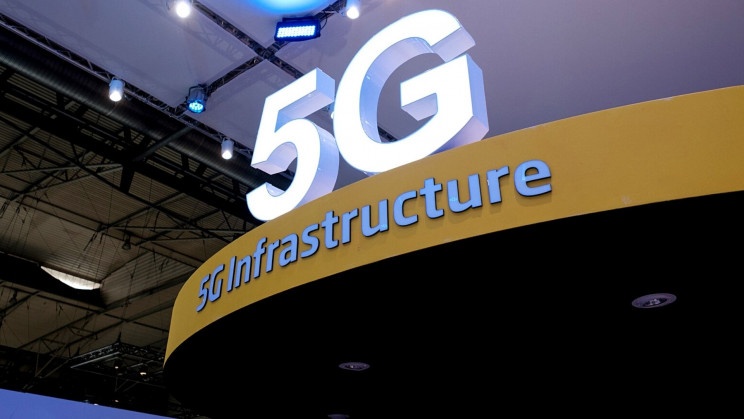
Invisible Power Line
5G was designed for lightning-fast, low-latency communications. For this, millimeter-wave frequencies were adopted, which allowed the FCC to achieve unprecedented high radiated power densities. Without knowing it, 5G architects created in this way wireless power gridcapable of powering devices at ranges far beyond the capabilities of any existing technology. However, this potential can only be realized if the fundamental trade-off in wireless energy harvesting can be circumvented.
A group of researchers from Georgia Institute of Technology has developed an innovative small 3D printed rectifying antenna that can collect electromagnetic energy from 5G signals and use it to power IoT devices.
As scientists say, a flexible rectifying antenna based on a Rotman lens, in other words, rectenna, can collect millimeter wave signals in the 28 GHz band. Rothman lens is key to beamforming networks and is often used in radar surveillance systems to see targets in multiple directions without physically moving the antenna system. However, to obtain sufficient energy to power the devices, larger antennas are needed, which unfortunately have a narrowed field of view, and this limits their use.
But to collect enough energy to power low-power devices over long distances, large aperture antennas are required. The problem with large antennas is that they have a narrower field of view. This limitation prevents them from working if the antenna is widely separated from the 5G base station.
“We solved the problem of being able to look from only one direction with a system that has a wide viewing angle,” says senior research scientist Aline Eid of the ATHENA lab at the Georgia School of Electrical and Computer Engineering.

(a) Double combining (RF + DC) provided by using a Rothman lens between antennas and rectifiers, (b) a plot of the simulated maximum grating and angular coefficients for different sizes of Rothman lenses, and © an image of the manufactured Rothman lens structure.
FCC allowed 5G to focus power much more densely than previous generations of cellular networks. Today’s 5G network provides ample opportunity to “harvest” unused energy that would otherwise be wasted.
“Thanks to this innovation, we can get a large antenna that operates at higher frequencies and can receive energy from any direction. It is direction agnostic, which makes it more practical, ”said Jimmy Hester, Lab Senior Advisor, CTO and Co-Founder. Atheraxon, a subsidiary of the Georgia Institute of Technology, developing 5G radio frequency identification (RFID) technology.
All the electromagnetic energy collected by the antenna arrays from one direction is combined and fed into one rectifier, which increases its efficiency.
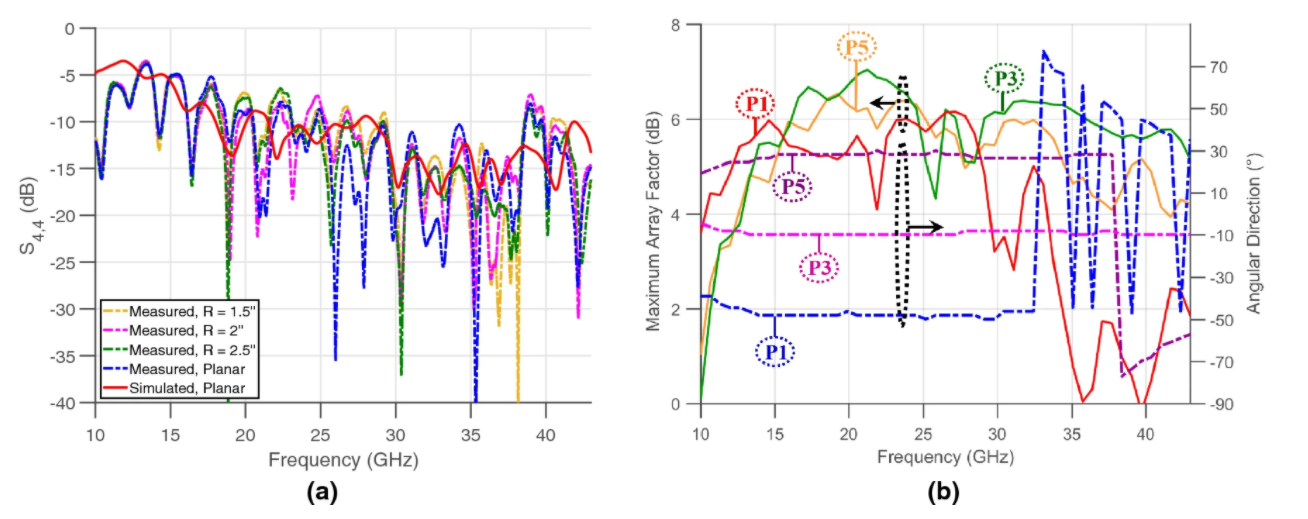
(a) Plot of simulated and measured reflectivity at the exit of beam 4 in planar and curved conditions; and (b) Plots of the maximum grating factors and angular directions of the beam apertures P1, P3 and P5 versus frequency.
It’s all about physics
“People have tried to harvest energy at high frequencies before, such as 24 or 35 gigahertz,” says Eid. “But these antennas only worked if they were in line of sight from the 5G base station. Until now, it has not been possible to increase the viewing angle. “
Working in the same way as an optical lens, the Rothman lens provides six spider-shaped fields of view at the same time. Changing the shape of the lens leads to a change in the angle of curvature from the side of the beam port and from the antenna side. This allows the structure to map a set of selected beam directions to an associated set of beam ports. The lens is then used as an intermediate component between the receiving antennas and rectifiers to harvest 5G energy.

(a) Power summation circuit based on Rotman lenses and (b) image of the setup used to measure the angular response of the rectenna.
Antenna subarrays, rectifiers and DC combiners are added to the design to demonstrate the combination of large angular coverage and turn-on sensitivity – in both flat and curved conditions – and the ability to collect up to 2.83 m in test condition and over 180 m using modern rectifiers (capable of collecting DC power of 6 μW at 75 dBm).
This new approach solves the tradeoff between rectenna angular coverage and turn-on sensitivity with a structure that combines unique RF and DC combination techniques to create both high gain and wide beam widths.
In demonstrations, the technology has allowed a 21-fold increase in collected power compared to analogs while maintaining an identical corner coverage.
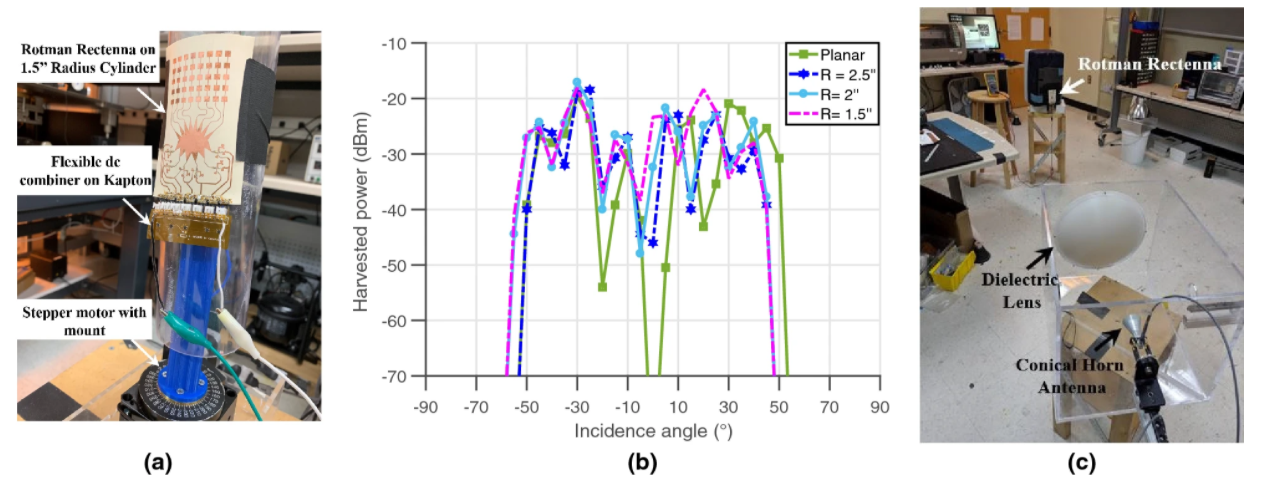
(a) Image of a flexible rectenna based on a Rothmann lens placed in a cylinder with a radius of 1.5 inches, (b) measured total power versus angles of incidence for different curvatures, © long-range test set.
This robust system can open the door to new passive RFID tags Long-range 5G millimeter-wave power for wearable and ubiquitous IoT applications. The researchers used in-house additive manufacturing to print palm-sized millimeter-wave harvesters on a variety of everyday flexible and rigid substrates. The 3D printing capability will make the system more accessible to a wide range of users.
“The point is, 5G will be everywhere, especially in urban areas. You can replace millions or tens of millions of wireless sensor batteries, especially for smart cities and smart applications, ”says Emmanouil Tentzeris, professor of electronics at the School of Electrical and Computer Engineering.
Tenzeris predicts Powera-as-a-Service (PaaS) technology will be the next major telecom industry application, just as data has supplanted voice calls as its primary source of revenue.
The research team believes that in the long term, service providers will use this technology to offer food-on-demand “over the air”, eliminating the need for batteries.
